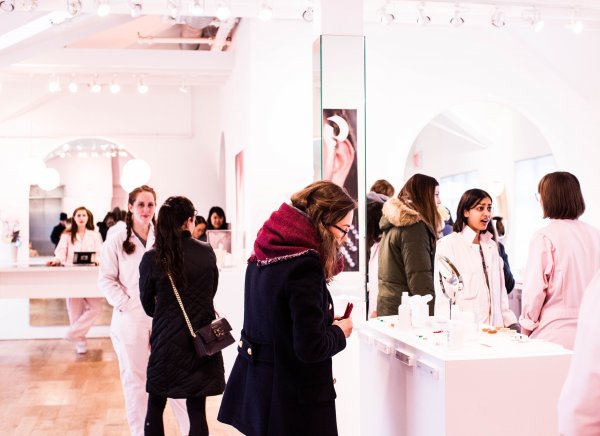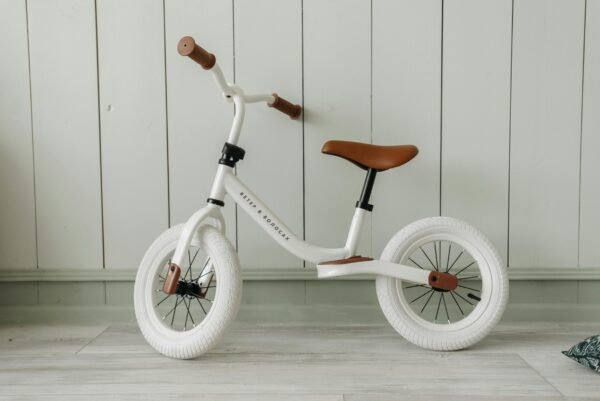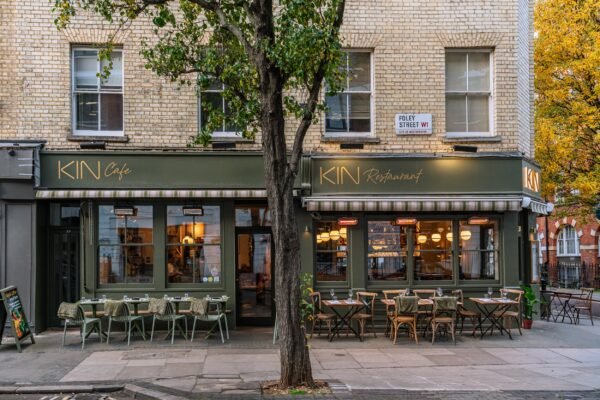
Beyond the January Sales: How to Keep Customers Coming Back

There’s no denying that the festive period is usually the best season for retailers. Over 2018’s Christmas period, it was estimated that Brits would spend over £800 on the average Christmas shop. And while most of the population want to cut spending in the new year—56% of UK consumers reportedly plan to save in 2019—customers are still lured back into stores come January, with the promise of big savings during the infamous Boxing Day sales.
However, it can be difficult for retailers to attract customers once the January sales are over.
Here, we’ve compiled three top tips on how to streamline your business and maintain momentum throughout the year.
Streamline stocktake to keep track of inventory:
You need to have a good idea of how much stock you have left in your inventory, as this can help to build promotions. For example, having excess stock suggests that items aren’t selling as quickly as you’d like. To improve this, you could boost product exposure by having the items displayed on mannequins. Similarly, if a product is a bestseller, you should make sure you have enough pieces in stock to avoid disappointing your customers.
Fine-tuning your inventory management system ensures you know exactly what products you have in store and what you should order more of.
One of the easiest ways of keeping track of inventory is by implementing enterprise resource planning software, such as SAP.
This works in real-time, linking your stock levels with your warehouse and product suppliers, making it much easier to see when you need to order more stock, as well as the specific styles, colours, and sizes required.
SAP software, however, is incredibly technical and can be difficult to set up, so it’s a good idea to work with a SAP recruitment agency to find a specialist that’s best suited to you and your business.
By ensuring you have enough stock in your store, you can retain customers and prevent them from turning to a competitor for a specific product. This also allows you to improve customer service, which is key to brand loyalty. For example, if you don’t have a particular size or colour of a product in-store, but you can see it’s available in the warehouse, you could offer to order it in specifically for the customer, or provide a home delivery option.
Utilise social media to grow your customer base:
You may already have a dedicated client base, but if sales are slow then you’ll want to reach out to as many new customers as possible. By growing and developing your audience, you increase the chances of making a sale. Social media is an excellent way to do this and is one of the cheaper marketing choices available. Study what your competitors are doing online and how they engage with customers, whether it’s through holding competitions and giveaways or simply responding to user comments.
Regardless of how your competitors behave, it’s a good idea to be as active as possible online.
A study found that 36% of customers will publicly shame a brand that has ignored them on social media, while one in three will switch to shopping with a competitor. Keep on top of your accounts and ensure you respond to as many customers as quickly as you can. Brands like ASOS, Missguided, and Boohoo have created a strong social media presence, providing excellent customer service while also connecting to their audiences through ‘likes’ and reposts.
Perhaps one of the strongest examples is from ASOS, who encouraged the sharing of customer photos, marked with the hashtag #AsSeenOnMe. These photos were then shared on the website, offering a shoppable experience where customers could browse and shop particular items they liked, modelled by ordinary people rather than models in product shots. This encouraged tagging in social media posts, acting as a form of free advertising for the online retailer. The shoppable feed has since closed down, but the hashtag remains popular on social media.
Host in-store events & VIP opportunities:
Consumer events are ideal for engaging with your customers, generating buzz, and boosting sales. If you’re releasing a new line of products, it could be beneficial to invite your customers to an exclusive product launch event in your store. This could be an evening event or last all day, depending on your business needs and your budget. An evening product launch gives you the opportunity to persuade customers to book a slot and keep the focus on the new collection.
Creating bookable appointments gives you customer information which you can use at a later date to invite them back to another event.
An evening event can also make your customers feel like VIPs, especially if it’s not an event that will be open to the public on the day. Going the extra mile for your customers can encourage them to spend a little more money on the experience, made evident by Lancome’s custom made foundation. In just a few locations around the world, customers can have their skin tone analysed and scanned in order to create and blend a custom foundation perfectly suited to their complexions. The experience costs just under £100, making it one of the more expensive foundations available on the market.
Inviting guests or speakers to your store can also draw in more customers, especially if your guest has influencer or celebrity status. This attracts their own fan base to your store, helping you sell to a potentially new audience and improve sales. Bookshops, for example, may invite an author into the store, offering fans the chance to have a signed copy of the book after purchasing it in store.
Having an influencer in your store also acts as a form of celebrity endorsement, which is a trend that’s been going on for years—when Chanel signed Nicole Kidman in 2003 to be the face of a perfume, global sales increased by 30%. Meanwhile, Jamie Oliver’s collaboration with Sainsbury’s led to a £1.2 billion increase in sales over two years.
However you decide to go about it, these tips should help to keep profits rising, even after the January sales.
















































